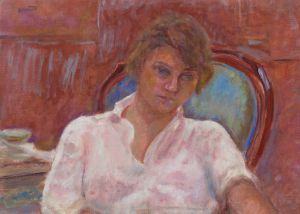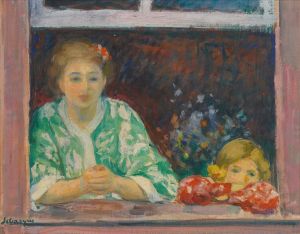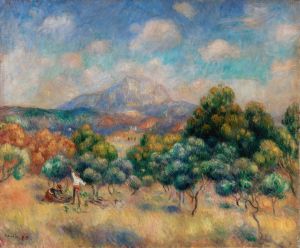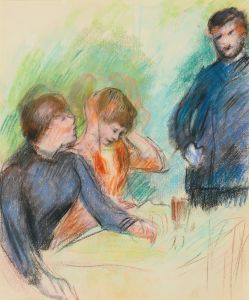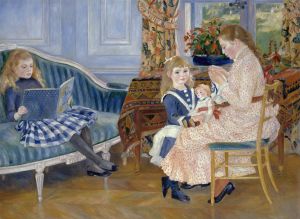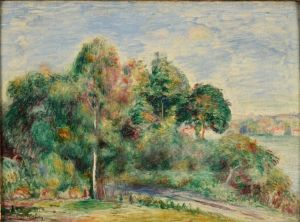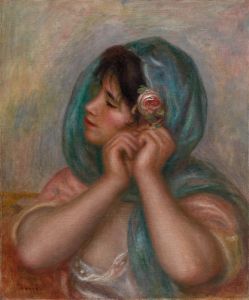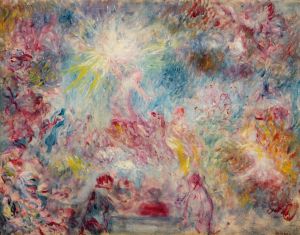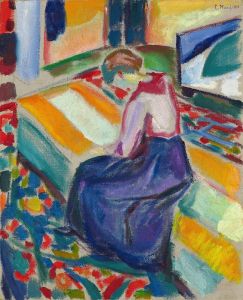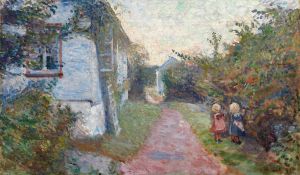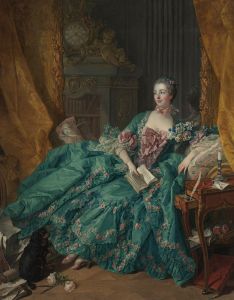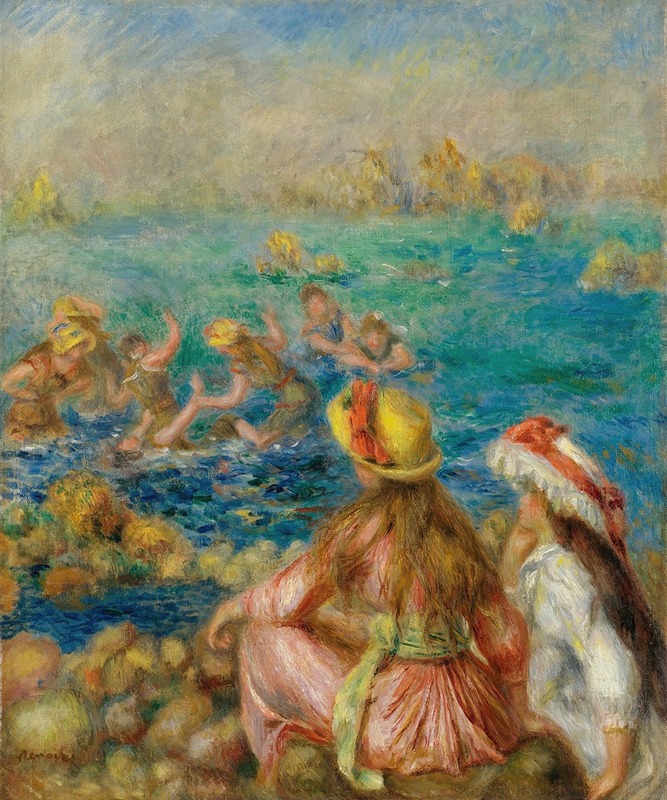
Baigneuses
A hand-painted replica of Pierre-Auguste Renoir’s masterpiece Baigneuses, meticulously crafted by professional artists to capture the true essence of the original. Each piece is created with museum-quality canvas and rare mineral pigments, carefully painted by experienced artists with delicate brushstrokes and rich, layered colors to perfectly recreate the texture of the original artwork. Unlike machine-printed reproductions, this hand-painted version brings the painting to life, infused with the artist’s emotions and skill in every stroke. Whether for personal collection or home decoration, it instantly elevates the artistic atmosphere of any space.
Pierre-Auguste Renoir's Baigneuses (translated as Bathers) is a notable painting by the French Impressionist artist, created in the later years of his career. Renoir, renowned for his depictions of light, color, and the human form, often explored themes of leisure and the beauty of the natural world. Baigneuses is a prominent example of his fascination with the female nude and his evolving artistic style.
The painting, completed around 1918–1919, is part of Renoir's late period, during which he focused extensively on the subject of bathers. This theme was a recurring motif in his work, reflecting his admiration for classical art and the timelessness of the human figure. In Baigneuses, Renoir portrays a group of women bathing in an idyllic, sunlit landscape. The figures are rendered with soft, rounded forms, emphasizing their sensuality and vitality. The composition is characterized by warm, vibrant colors and a harmonious interplay between the figures and their natural surroundings.
By the time Renoir created Baigneuses, he was suffering from severe rheumatoid arthritis, which significantly limited his mobility and forced him to adapt his painting techniques. Despite these physical challenges, Renoir continued to produce art with remarkable energy and creativity. He often painted with brushes strapped to his hands and relied on assistants to help prepare his materials. This determination is evident in the fluidity and richness of Baigneuses, which exemplifies his mastery of form and color even in the face of adversity.
Baigneuses reflects Renoir's interest in the classical tradition, drawing inspiration from the works of artists such as Titian, Rubens, and Ingres. The painting's lush, pastoral setting and idealized figures evoke a sense of timeless beauty and serenity. This connection to classical art aligns with Renoir's broader artistic philosophy, which sought to celebrate life's pleasures and the enduring appeal of the human form.
Today, Baigneuses is recognized as one of Renoir's significant late works, showcasing his dedication to his craft and his ability to adapt and innovate despite physical limitations. The painting is housed in the Musée d'Orsay in Paris, where it continues to be admired for its vibrant colors, sensual forms, and the artist's unique interpretation of a classical theme.





